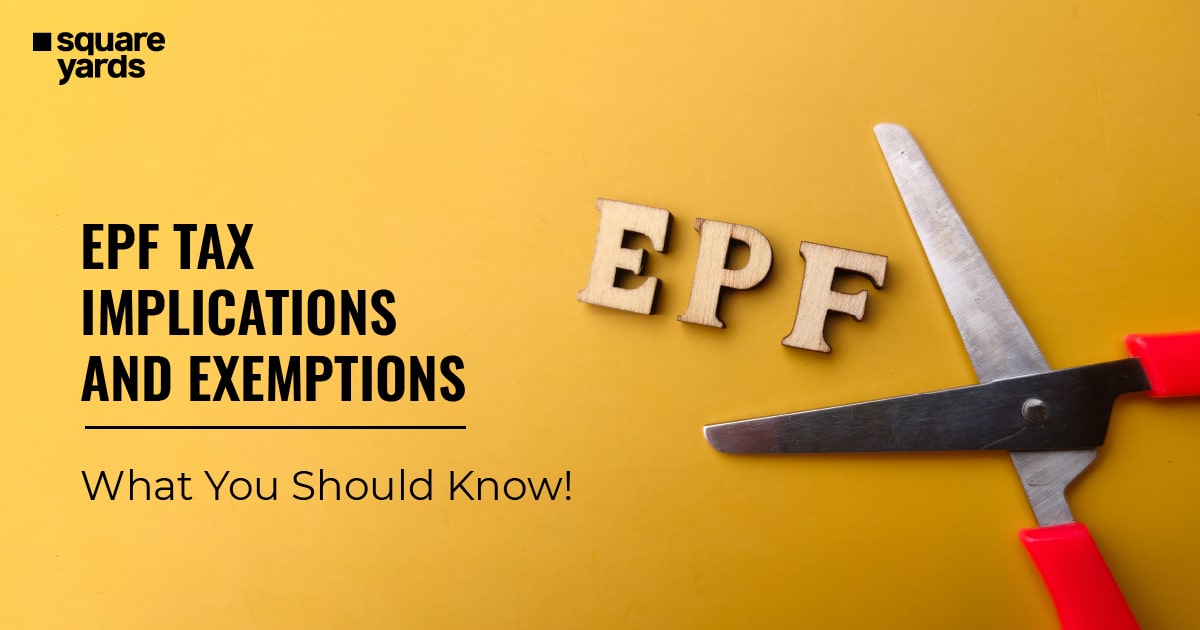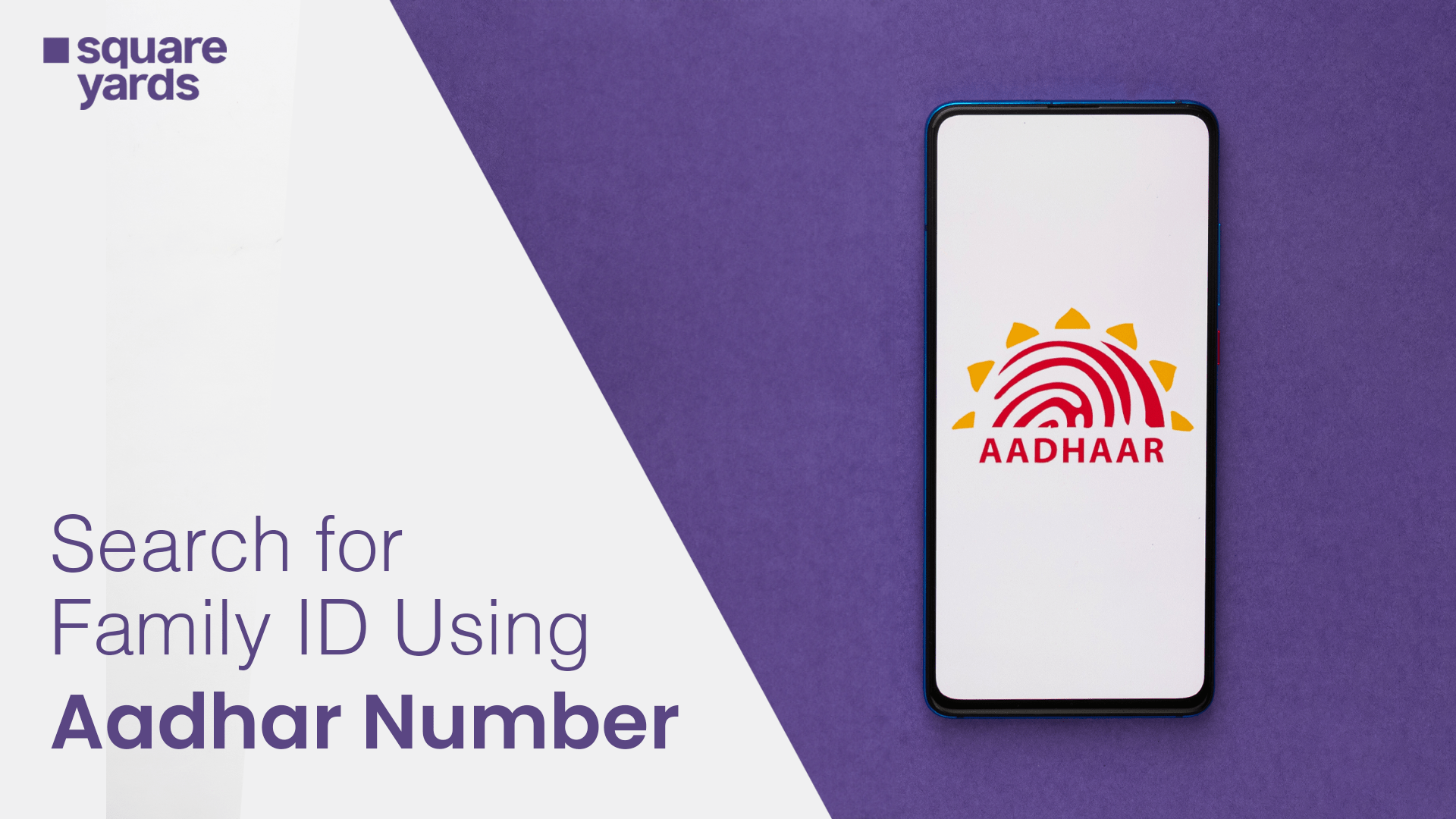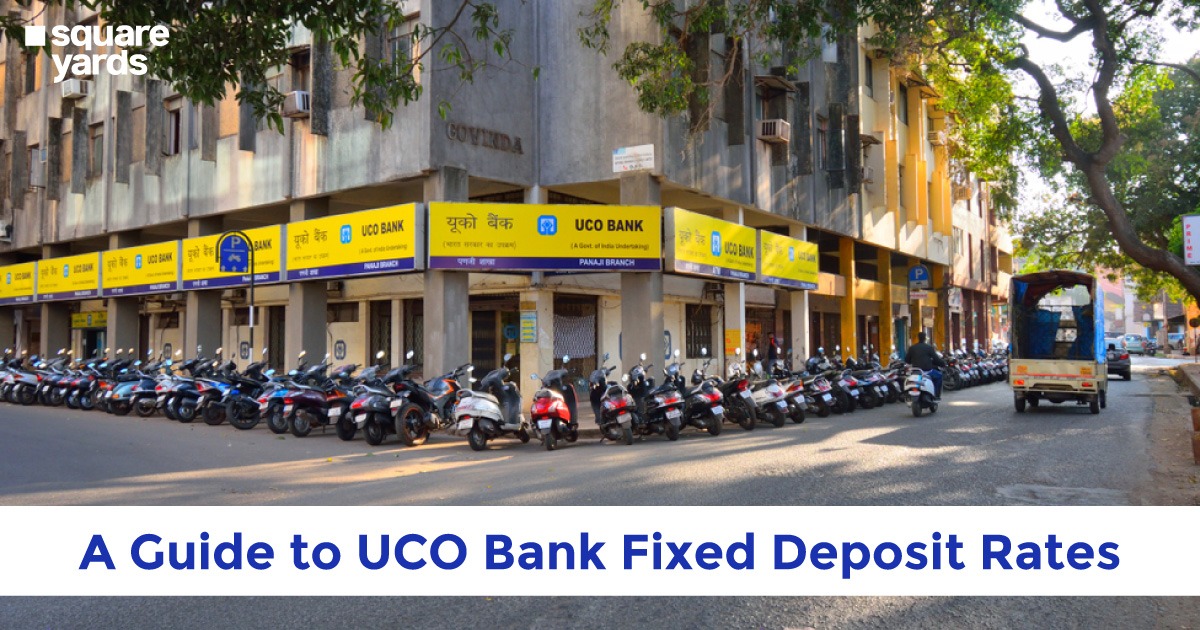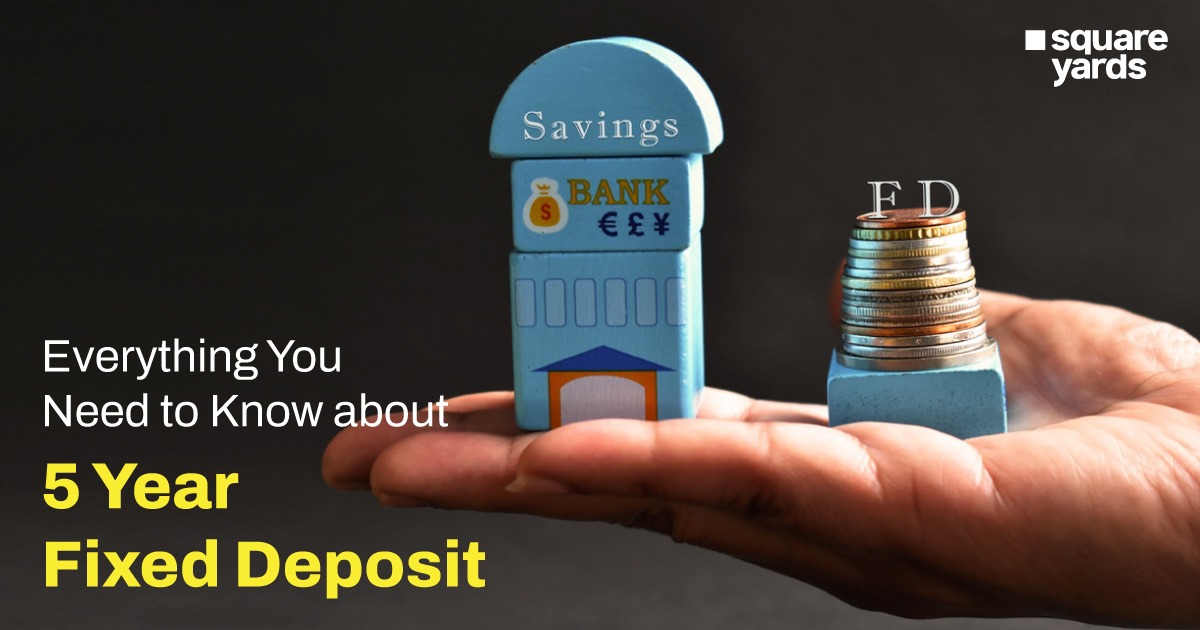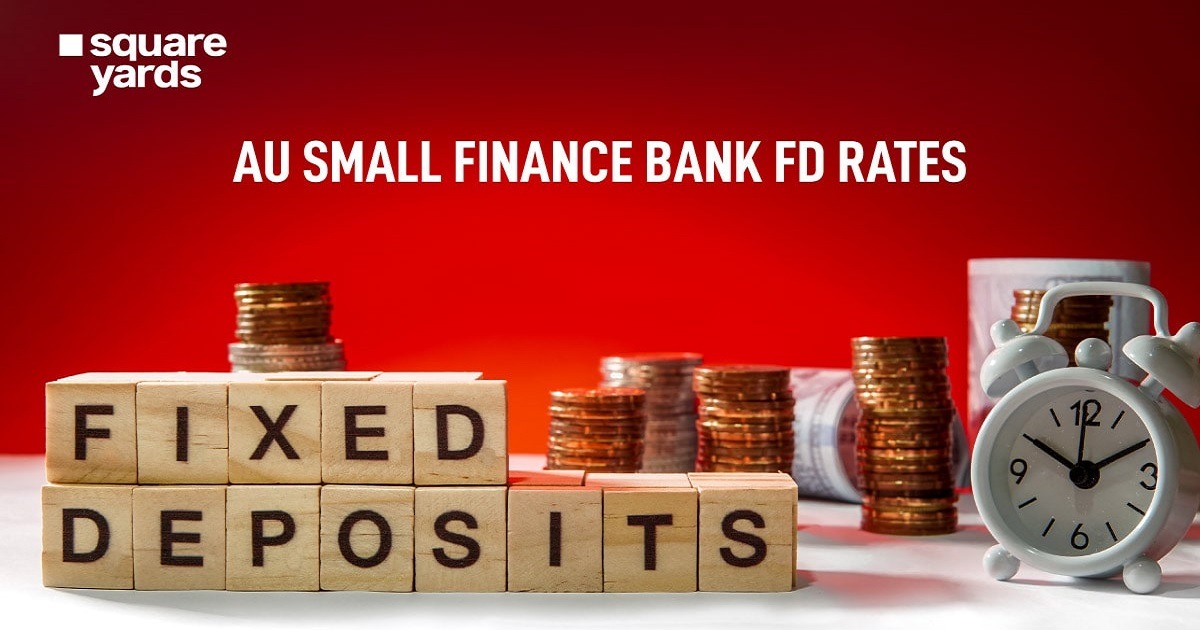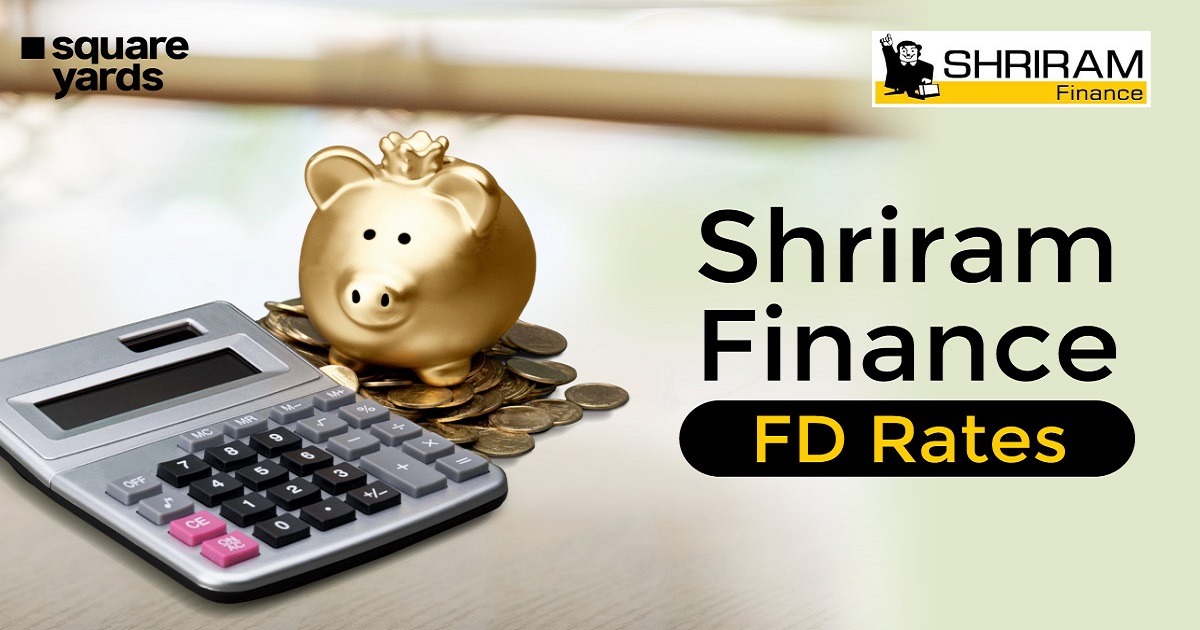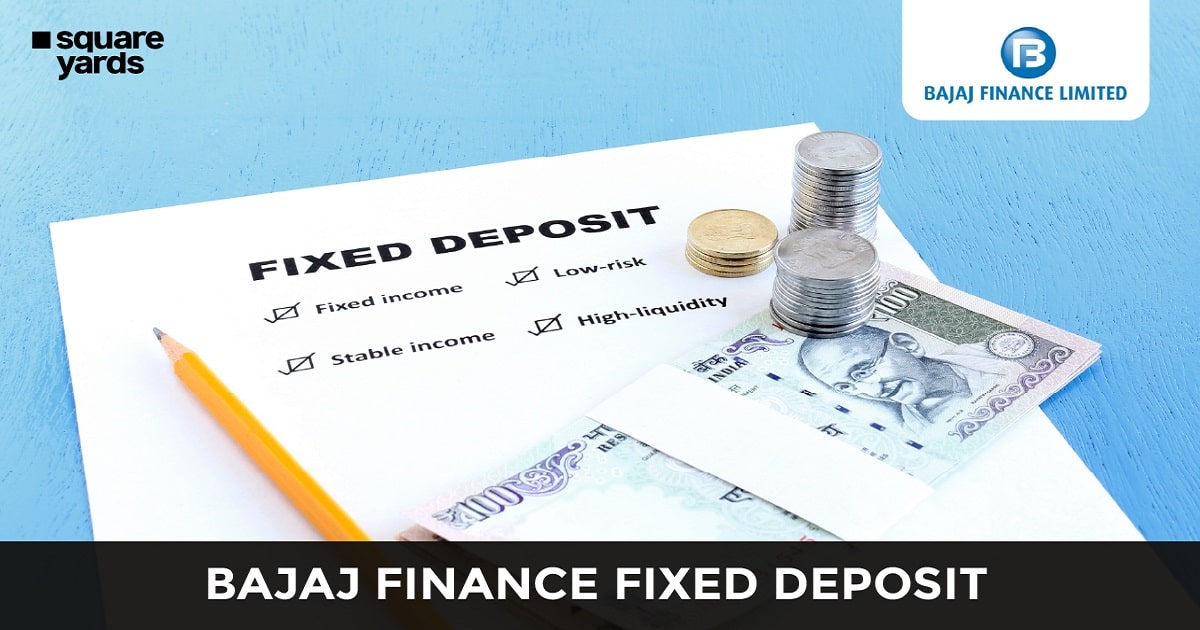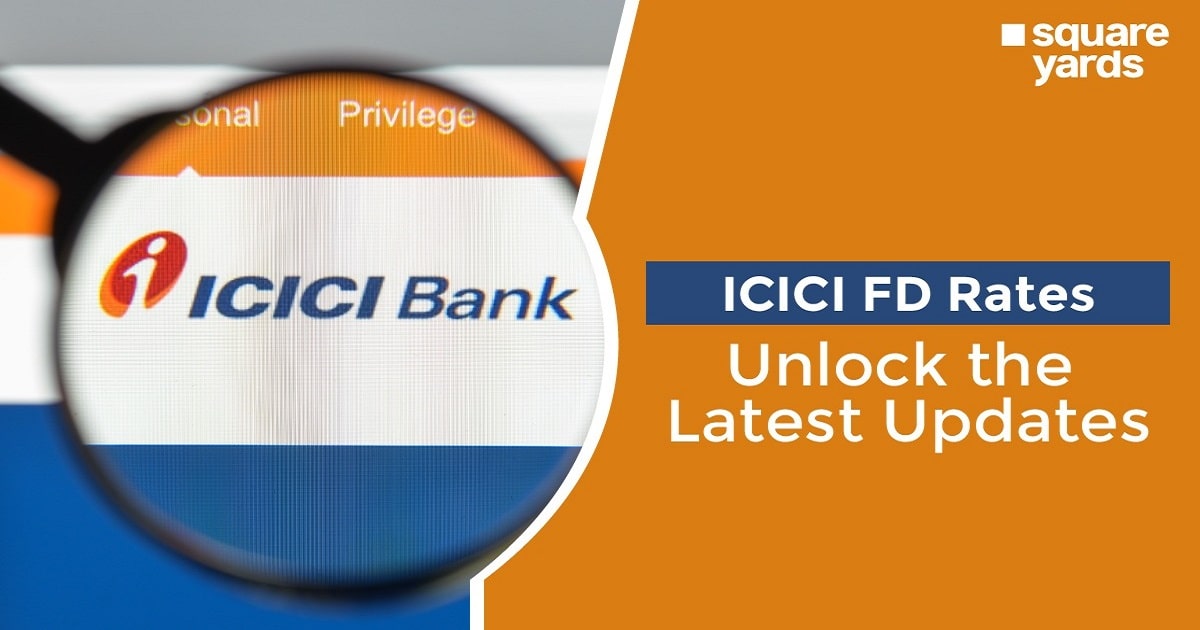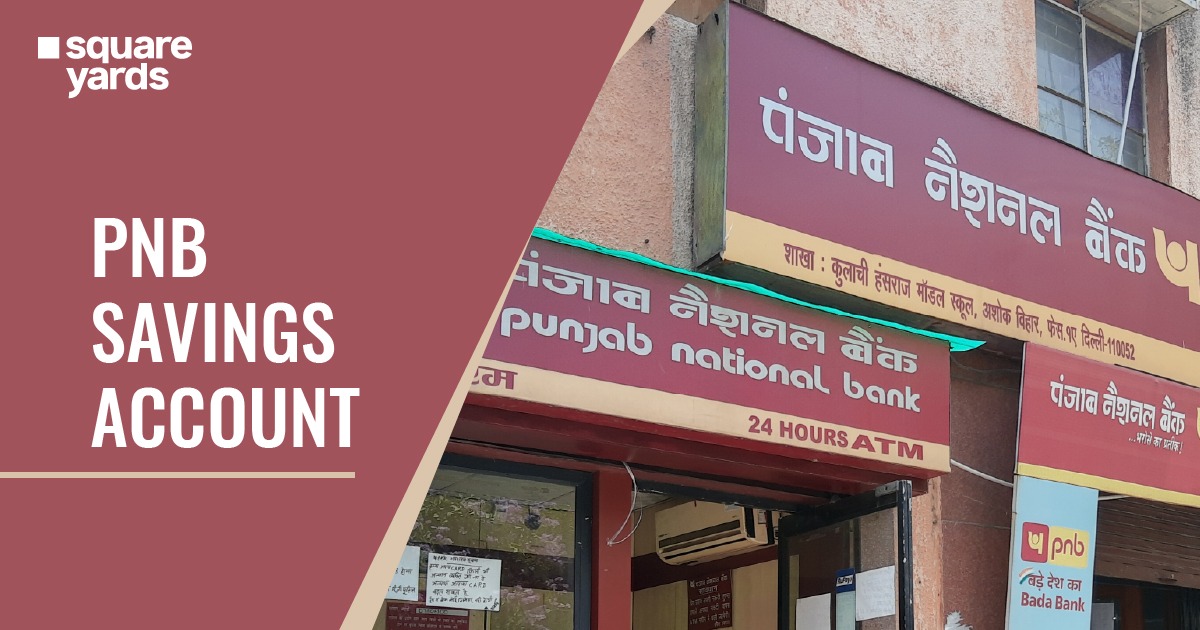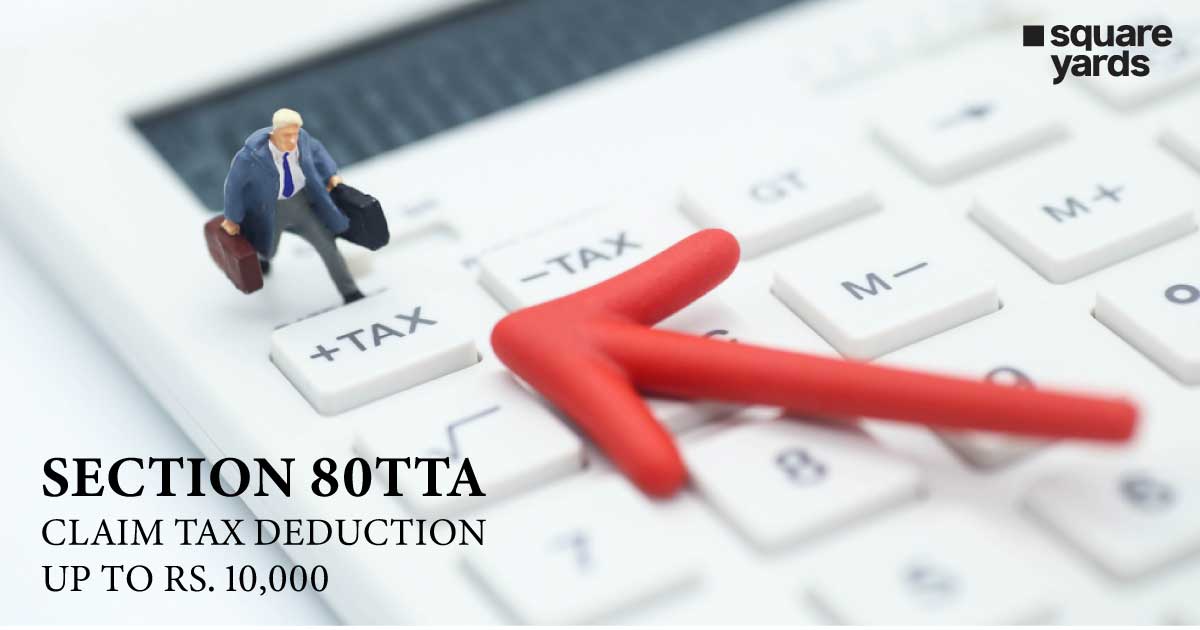EPF (Employees Provident Fund) is an important part of financial planning for a working professional. It offers tax benefits and exemptions to those who contribute to the government in the form of taxes on a regular basis. Fundamentally speaking, it is a retirement savings scheme where the employee and the employer each contribute a certain percentage of the employee’s salary.
The funds for the EPF scheme are deposited and maintained with the Employee’s Provident Fund Organisation. The contributions made to this fund are tax exempted and can be easily utilised after the person’s retirement for secure money and tax benefits. What’s important to note is that tax exemptions are granted to those contributing up to 12% of their overall basic salary allowance in the EPF scheme. Thus, investing in EPF is an asset to those who plan to secure a healthy future.
Table of contents
EPF Tax Rules: Contributions and The Taxation Part
For the unversed, EPF is a long-term savings plan under which the employees can contribute a specific portion of their salary towards retirement. The contributions made before tax are deducted and continue to grow tax-free. It must be noted that any withdrawals made before the age of 60 are subject to taxation as per the Income Tax Act, and knowing about this helps the person make informed decisions for retirement planning.
EPF Tax Exemption: Taxation on EPF Withdrawals
Here’s a snapshot of the scenarios and the overall taxability on EPF withdrawals.
| Sl No. | Scenario | Taxability |
| 1 | The amount withdrawn is not more than INR 50,000 before the completion of 5 consecutive years of the employee’s tenure with the organisation. | TDS is not deducted in this case. However, suppose the individual comes under the tax bracket. In that case, he/she must mandatorily show the withdrawal while filing a return. |
| 2 | The amount withdrawn is more than INR 50,000 before completing 5 consecutive years of the employee’s tenure with the organisation. | TDS stands at 10% if PAN is being deducted;If Form 15G/15H is furnished, no TDS is deducted. |
| 3 | EPProvident Fund (PF) transfer ve years of service with the respective company. | TDS is not deducted. |
| 4 | The transfer of Provident Fund (PF) between accounts occurs when an individual switches jobs. | TDS is not deducted. |
| 5 | If an employee is terminated before 5 years of service for the following reasons – ill health\The, employer’s business is discontinued\the reasons for withdrawal are beyond the employee’s control. | TDS is not deducted. |
EPF Exemptions on EPF Withdrawals
EPF is one of India’s most important saving schemes for every salaried individual. While you make regular contributions towards your EPF account, these cannot be withdrawn until and unless certain conditions are met in advance. Nevertheless, specific EPF exemptions exist for EPF withdrawals, allowing individuals to access funds from their EPF account before the designated 5-year period.
Withdrawal for Marriage
Under this, you can withdraw up to 75% of the total balance under your EPF account. While the withdrawal is from the employee’s share, the balance in the EPF account must be sufficient for the purpose.
Withdrawal for Lower Accommodation
Under this, one may withdraw up to 36 times his/her basic wages and D.A. This is done to construct/buy a house to obtain funds for lower accommodations. However, the home’s construction should be in the member’s name, whether it be the spouse. The withdrawn amount is refundable to the EPF account in 60 monthly instalments.
Partial Withdrawal
It needs to be noted that an employee can withdraw up to 90% of his/her employees’ Provident Fund (EPF) contribution for specific purposes, which is inclusive of medical expenses, marriage/education of children, purchase/construction of the house, repayment of home/education loan, etc. This kind of withdrawal is known as partial withdrawal.
Loan
Employees can get loans from their EPF accounts for specific purposes too. These usually include building or buying a house, repayment of specified loans, medical expenses, serious illnesses, and the marriage of self and children.
Total Withdrawal
Under this, the employees can withdraw their entire EPF balance after completing 5 years of membership. This type of withdrawal is called total withdrawal.
Pension
At the time of retirement (after age 58), EPF subscribers can withdraw their pension contribution. They can also transfer it to their pension account. It is to be noted that this withdrawal is exempted from any kind of tax.
Retirement Benefit
At the time of one’s retirement, one can withdraw the entire EPF balance. This withdrawal is also exempted from tax.
Taxation on EPF Interest
After the budget for 2021 was released, the interest on an EPF account above 2.5 lakhs became taxable. This interest amount will become liable for TDS deduction.
Also, this rule applies to the contributions made by the employee, while, on the other hand, the contributions made by the employer are not taxable. The total interest calculation on the threshold limit of Rs. 2.5 lakh is inclusive of VPF contributions.
Let’s understand this with an example. For instance, an employee has a monthly basic salary of Rs.1,00,000. In this case, the employer will deduct 12% of the basic salary amount, which comes out to be INR 12,000, directed towards EPF contributions. Also, let’s say, in this case, the employee voluntarily gives an amount of INR 5.28 lakh in VPF (Voluntary Provident Fund). Thus, the employee’s total EPF contribution in the financial year will become INR 6.72 lakh (INR 12,000 X 12 + Rs. 5.28 lakh).
On this, the employee will need to pay tax on his total contribution of INR 4,22,000 [1,44,000(EPF) + Rs 5.28 Lakh (VPF) – Rs.2.5 lakh].
Plus, in the case of government employees, the threshold of INR 2.5 lakh will be raised to an amount of INR 5 lakh. This means that the interest on a total GPF contribution over Rs. 5 lakhs will be deemed taxable for the employee.
What are the Tax Benefits of EPF
The following are the tax benefits of the EPF scheme –
- You have the option to deduct an amount of NR 1,50,000 annually. This comes under the Section 80C of the Income Tax Act.
- It must be noted that the interest gained on the EPF contribution is tax-free.
- Also, the money removed from the EPF account is not subject to income tax if withdrawn after a period of five years. Also, employees must pay a set proportion of income tax if withdrawn after five years.
EPF Tax Rules: EPF Tax Calculation
Let’s understand how to calculate your EPF with an example.
Let’s assume there is an employee whose basic salary + dearness allowance = Rs 15,000
- His total contribution towards the EPF scheme = 12% * 15,000 = Rs 1,800
- Contribution of his employer towards the EPF = 3.67% * 15,000 = Rs 550
- Contribution of employer towards EPS = 8.33% * 15,000 = Rs 1,249
In this case, the employer’s contribution and the employee against the EPF account = Rs 1,800 + Rs 550 = Rs 2,350.
The interest rate equals to 8.15% for Financial Year 2023-24.
Accordingly, the interest rate applied for each month is –
8.15%/12 = 0.679%
Assuming the employee had joined the company ABC in April 2021. The total EPF contribution for the month of April will become Rs. 2,350.
EPF Tax Slab
Following are the EPF tax slabs:
- Interest income below Rs 50 lakh – No Surcharge.
- Interest income above Rs 50 lakh to Rs 1 crore – 10%,
- Interest above Rs 1 crore to Rs 2 crore – 15%,
- Interest above Rs 2 crore to Rs 5 crore – 25%
- Interest above Rs 5 crore – 37%
Important EPF Tax Rules
The following are the important EPF tax rules:
- When it comes to EPF, the employer and the employees contribute 12% of the employee’s salary every month towards the Employee’s Provident Fund (EPF) account.
- For the unversed, employees and employers are eligible for tax benefits for up to 12% of salary deposited towards the EPF account. This rule is part of Section 80C of the Income Tax Act of 1961.
- Any kind of contribution the employer makes will be credited to the employee’s Provident Fund (PF) account. Also, the employee will gain an annual interest of 8.75% every financial year.
- At retirement, the employee can withdraw up to 90% of the total EPF amount.
- Any premature withdrawals from the EPF account are subject to certain withdrawal conditions. It also includes thinking about taxes and the money that must be paid as income tax when you take it out.
- The employees can also use the accumulated EPF amount for buying a home and making long-term investments in Public Provident Fund (PPF).
- The accumulated pension amount can be transferred from one PF account to another upon changing jobs.
EPF Tax Exemption: Tax Filing
Here’s how to file taxes for EPF:
Step 1 – Log in to the official EPFO portal and create your account (UAN).
Step 2 – Choose the ‘e-challan cum Return’ option. It is there for filing and managing returns as well as contributions.
Step 3 – Enter the UAN and password.
Step 4 – Click on generate challan.
Step 5 – Enter your EPF details like balance, contribution, and arrears properly so there isn’t any discrepancy.
Step 6 – Upload the form via the bank and then submit the challan to EPFO. As you file your EPF return, you will receive your intimation about the accepted and rejected returns from EPFO.
You May Also Like
FAQ’s:-
Q1. What is the reason for taxing PF contributions?
Ans: If the total EPF contribution exceeds 7.5 lakhs in a financial year, it becomes taxable.
Q2. Who has to pay EPF Tax?
Ans: The employee would need to pay EPF tax.
Q3. Will EPF be taxable every year?
Ans: Yes, EPF is taxable every year.


